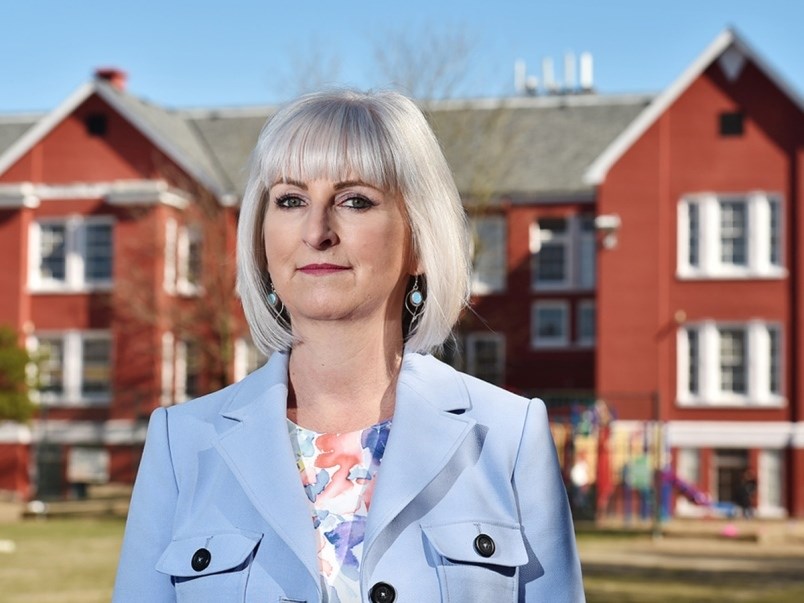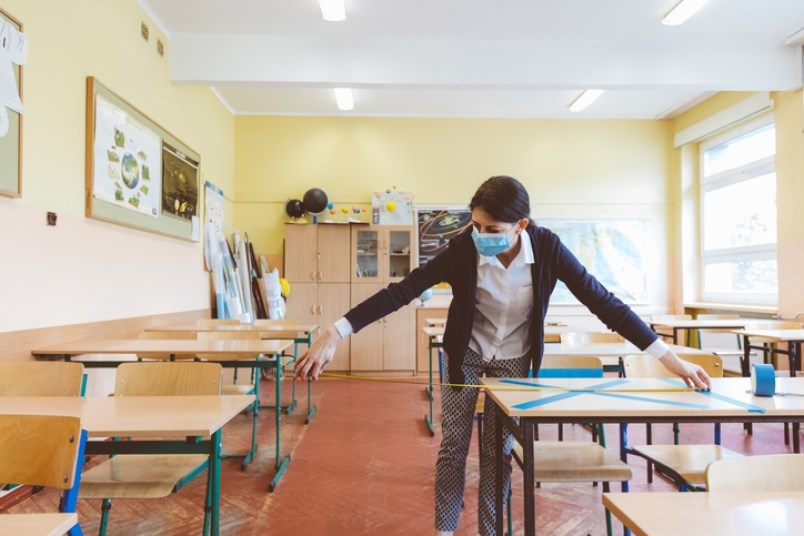B.C.’s top teacher has advice for families thinking of homeschooling or forming their own learning pods to avoid returning to public schools when classes begin in September.
Addressing nervous parents in School District 43 and elsewhere, BC Teachers’ Federation president Teri Mooring counsels patience.
“We all have to take a deep breath and be patient and let that planning take time to occur.”
With a month to go before school starts, Mooring said planning is well underway with steering committees and working groups developing plans for back to school.
Mooring was one of the first critics of B.C.’s back-to-school plan in July, calling out the province for lack of consultation on cohort groups of 60 and 120 and seeking a phased in re-start.
But with Wednesday’s announcement that students won’t be back in class until Sept. 10 for orientation with school staff meeting Sept. 8 to firm up plans with their health and safety committees, Mooring is more optimistic about the direction schools, including 70 facilities in School District 43, will be taking.
That’s not to say she doesn’t have concerns.

Large school districts, such as School District 43, B.C.’s third largest, were facing crowded conditions before the pandemic, bringing in portables to stem the overflow.
Now, with COVID-19 requiring two metres of separation, how will classes of 30 students, the legislated maximum for Grades 4-12, keep people apart?
“We see a need for class density to be reduced so physical distancing is able to occur.”
That could mean some creative thinking for spreading out larger classes and Mooring said some districts may have to find available space.
Could that mean holding a class in a school gym?
“Districts will need to look at that,” Mooring said. “It’s not the same everywhere. We need to do our best.”
Within cohort groups of 60 staff and students at elementary and 120 at secondary contact will be avoided but a “a two-metre physical distance does not need to be maintained,” according to detailed information provided by the province.
However, Mooring says she’s looking forward to see what steering and working committees dealing with the plan will come up with on classroom formation.
Another issue is the availability and use of personal protective equipment.
Mooring said the province is making masks and face shields available for teachers and masks for students but it’s not clear when they should be worn, Mooring said, other than in situations where physical distancing can’t be maintained.
“We know they’re required on buses and hallways currently, but we think more needs to be done in that regard.”
With more information coming from the federal government on mask wearing for children, Mooring hopes the protocols can be fine-tuned.
In the meantime, with a month to go before school re-opens, she’s optimistic there is time to get all the details in place.
“We need to put together a plan that is really solid.”



